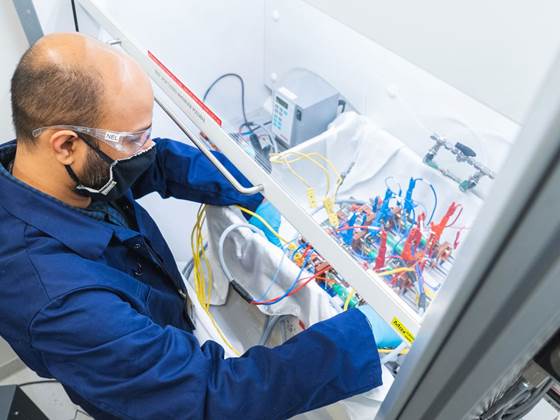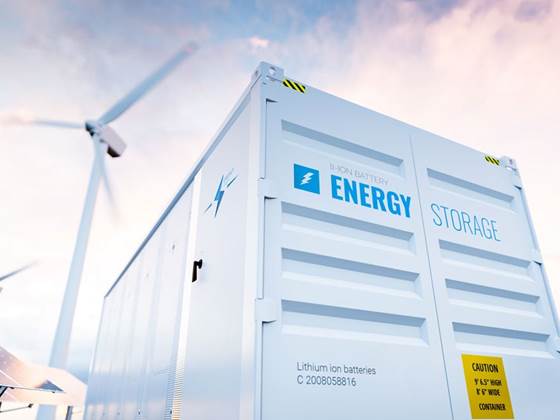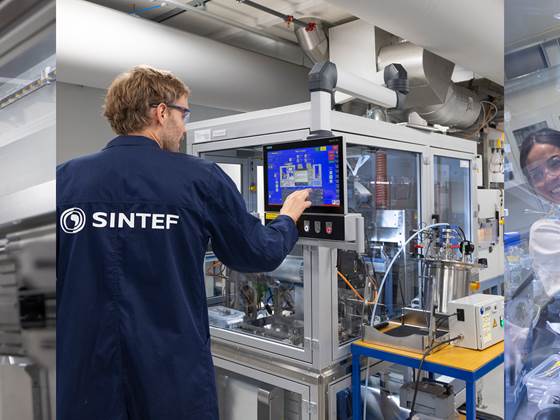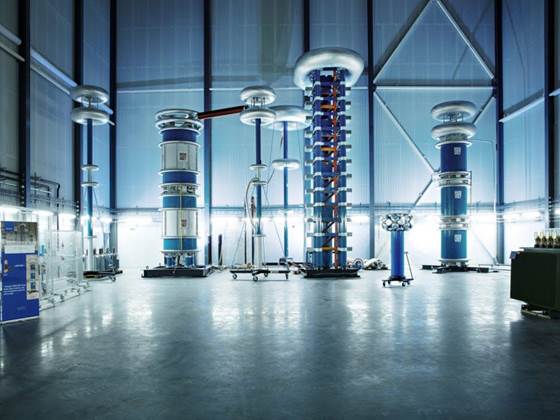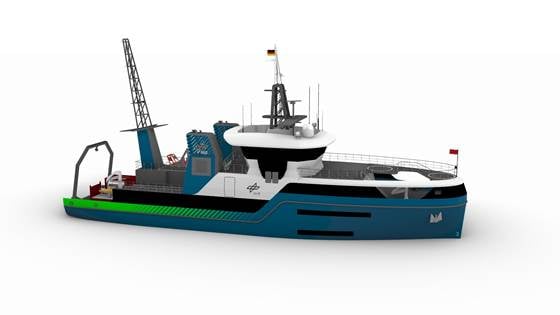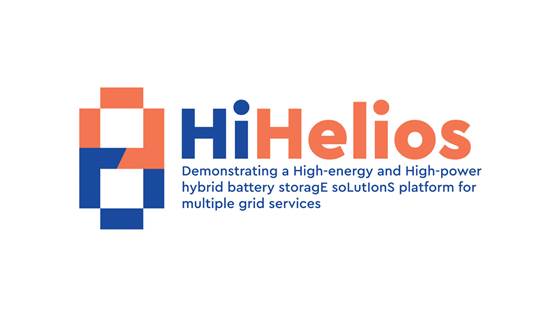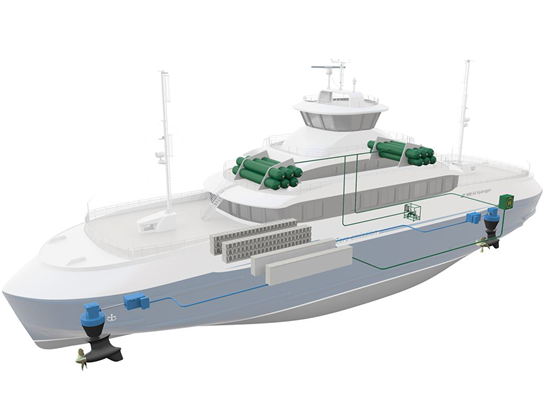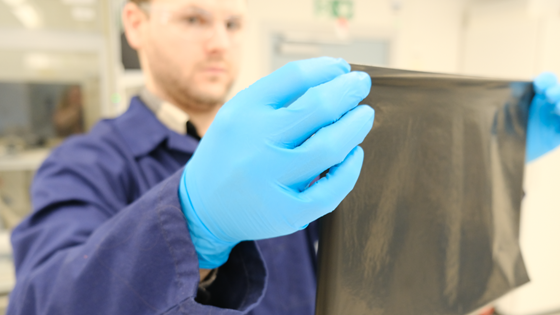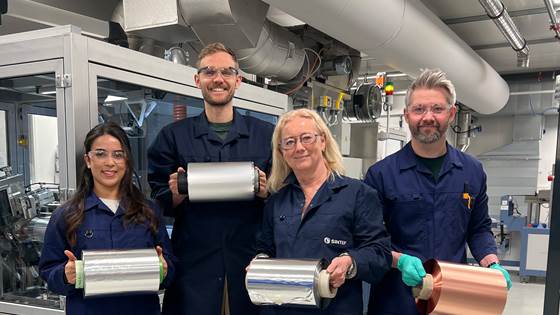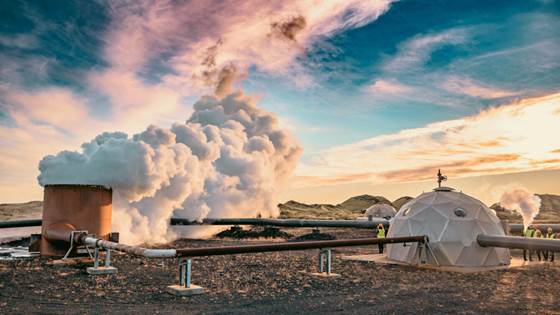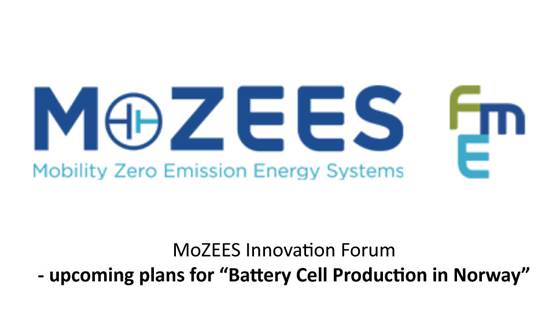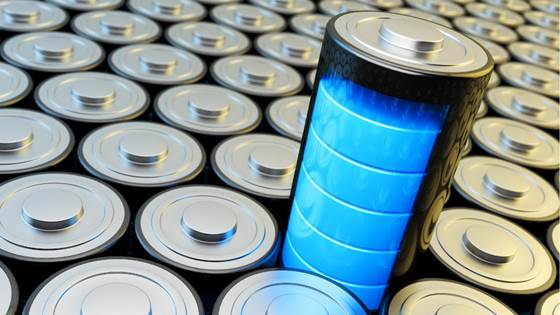This includes: development of Li-ion technology; materials for new battery chemistries; battery cell design and prototypes; sensor technology; cooling and control systems (BMS) for battery cells and packs; and evaluation of performance and life time for a variety of applications. The latter also includes activity on high voltage cables and connectors.
SINTEF also holds competence on raw materials required for battery cell production, optimization of production technology, including automation and digitization, as well as recycling and reuse after end of battery life.
We also have competence in charging infrastructure and components for high voltage charging systems, integration of batteries into the electricity grid, hybrid battery solutions, battery management systems as well as recycling and second life batteries. Other types of electrochemical energy storage such as supercapacitors and redox flow batteries are also relevant research areas.
The need for energy storage is increasing exponentially, particularly with regards to electrification of the transport sector through electric cars, busses, ferries, ships and airplanes. Another important area is stationary energy storage, where there is a growing demand for peak shaving and balancing of the electricity grid. In addition, there is increasing focus on energy storage in connection to intermittent energy sources such as wind and solar power.
Norway is a pioneer in electrification of the maritime sector. The first electric ferry was launched in 2015, and many more have followed since. In 2020 another 26 electric ferries will be introduced, and by 2030 the goal is that all the 200 ferries in Norway will be zero emission vessels by implementing either full electric or hybrid technology, alternatively other fuels such as biofuel. In addition, electric and hybrid solutions are also being implemented at increasing rates for other maritime areas such as express boats and cruise ships.



